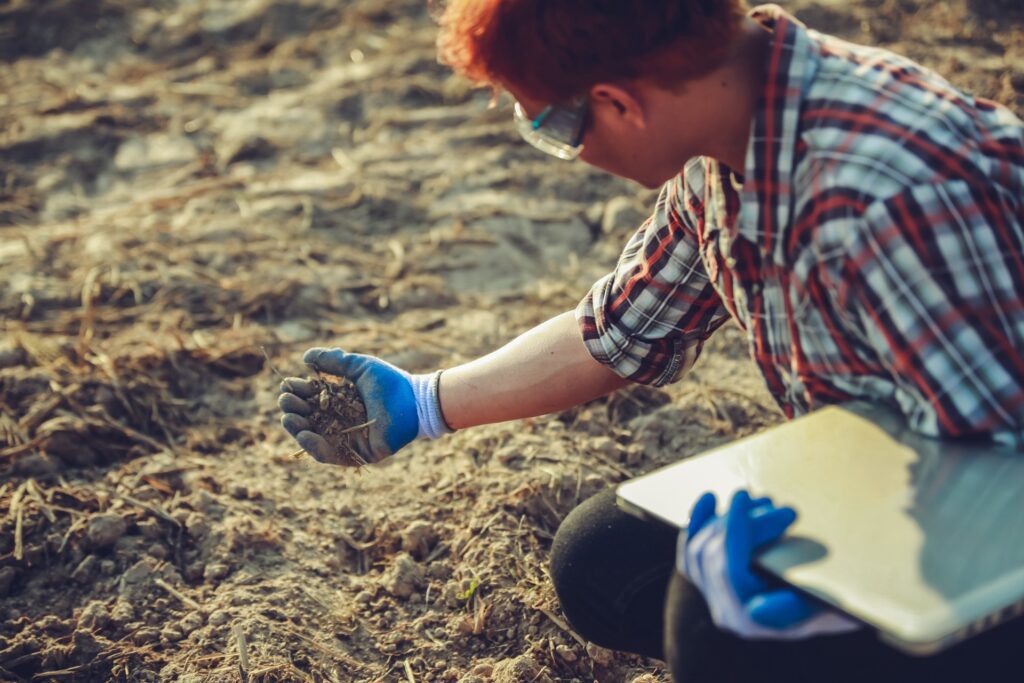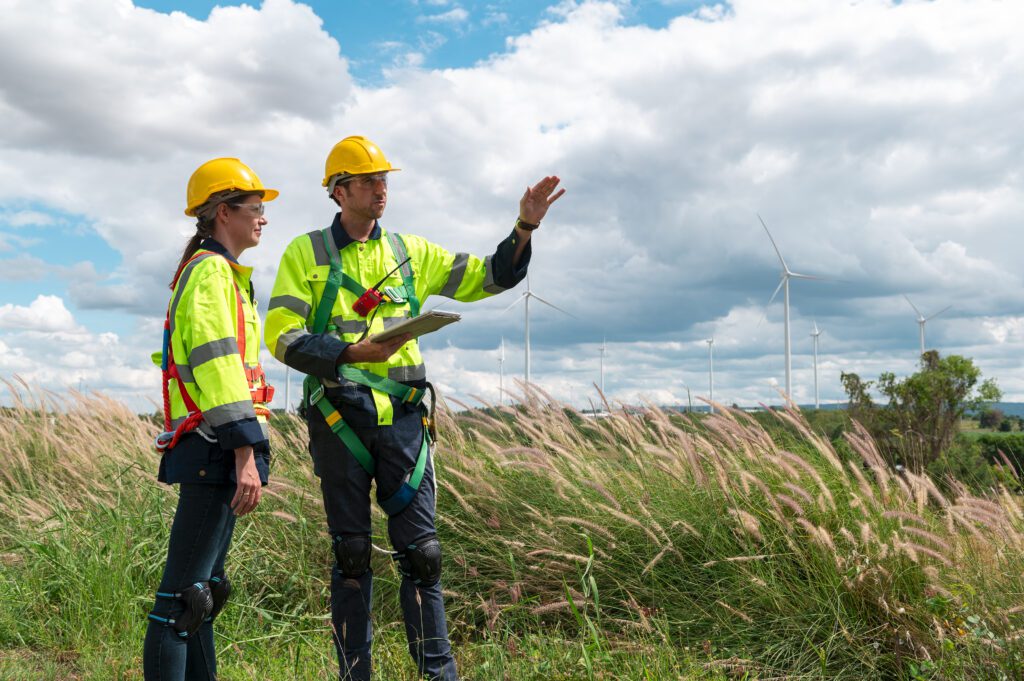Although it would be amazing to be able to build anywhere, the reality is simply not the case. There are places either contaminated or unstable that aren’t suitable for structures. Accordingly, the bank has put systems in place to evaluate whether locations are suitable for construction or not known as environmental site assessments and also provide evidence for holding those who contaminated the property liable. So what do you do when the bank tells you that you need an environmental site assessment? We detail that below.
What to Do When the Bank Tells You That You Need an Environmental Site Assessment
Anyone who has or has had “control” over a contaminated property including owners, lenders, tenants, occupiers, managers and so on, plus the people who caused or contributed to contamination of said piece of land, can be liable for the clean-up and compliance of the property. Additionally, the same people can also be held liable for civil and regulatory liability (including fines and imprisonment) for breaching environmental laws. To find out the extent of the contamination, an environmental site assessment is held. It’s also important to note that you may need an environmental site assessment even if you’re just leasing the property.
Typically there are 3 phases of an environmental site assessment, but the phases only progress further from phase 1 if there is evidence of contamination.
If you do need an environmental site assessment, you will need a professional to complete it. This involves working with an environmental consultant to find any signs of contamination on the property.
Phase 1 of the assessment involves both a visual and historical evaluation. During this phase, the environmental consultant will look for actual or potential visual evidence of contamination like underground storage tanks. Contamination can also mean soil or groundwater contamination from petroleum, heavy metals, pesticides or herbicides. The presence of products such as asbestos, lead paint, or mould are investigated and recorded. Aerial photos will often be taken to see if any contamination migrated or leaked into adjacent properties.
The historical element of phase 1 involves investigation into the site’s history. For instance, were any gas stations previously built there or industrial chemical facilities? Although the location may seem totally normal, underground contamination may be present.
If the site has some level of contamination, the assessment progresses to phase 2 where soil samples and other testing may be involved. This provides a better understanding of the condition of the land, groundwater, and structures on the property.
If the contamination is deemed significant, the assessment moves to phase 3 where remediation is detailed to restore or repair the environmental damage that was done.

Who Benefits From Environmental Site Assessments?
Even on its own, getting an environmental site assessment provides immensely valuable information. For buyers, it provides detailed insight as to what you can expect from the property and any hazards or risks purchasing the land might have. You likely wouldn’t want to buy contaminated land, and this assessment prevents you from doing so.
Conversely, as a seller, it makes your property stand out that much more when advertising it. You can provide additional peace of mind to potential buyers to assure them of the quality of your property and that it’s safe for building.
Overall, environmental site assessments are sound investments to make whether it’s required by the bank or if you’re just considering getting one done yourself.






